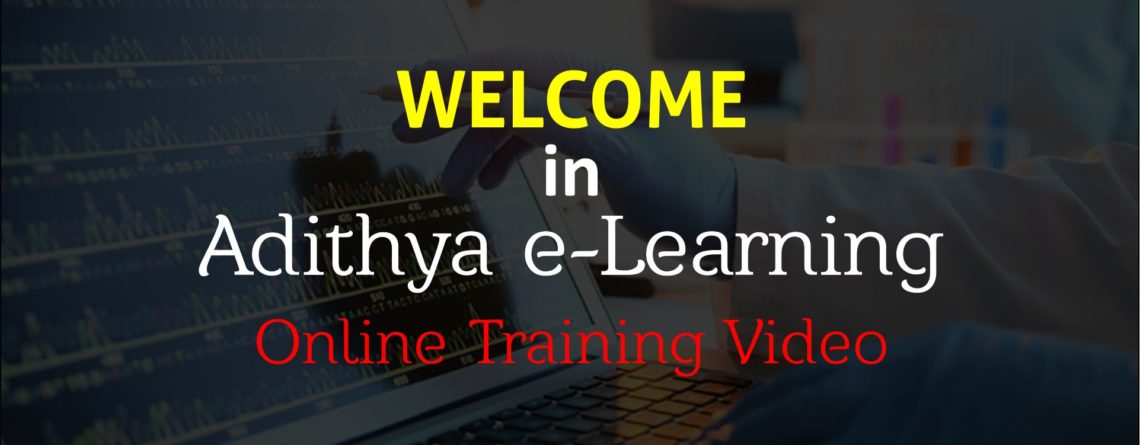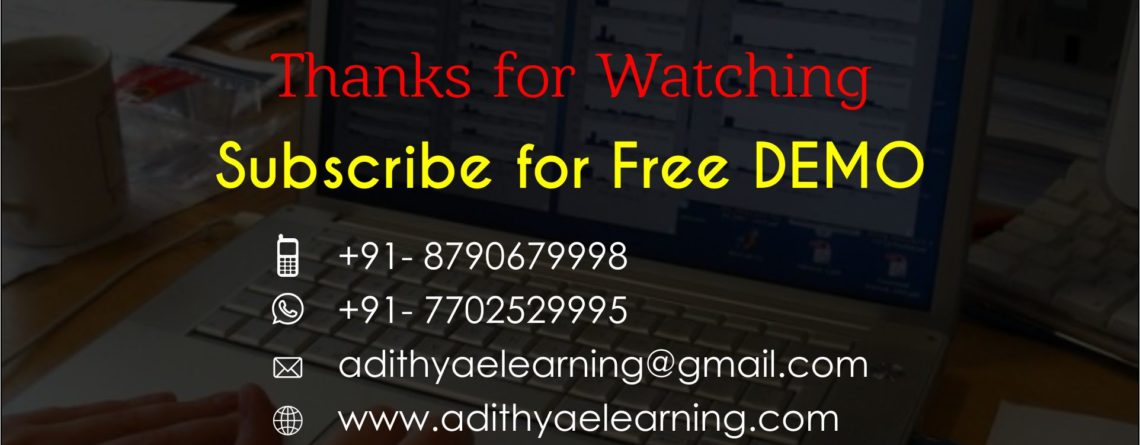TIBCO Certification Online Training India
EAI Architecture
- Point to point Architecture
- Hub and Spoke Architecture
- Bus Architecture
What is Point to Point Architecture?
- This is the most primitive form of integration method
- In this architecture, direct connectivity is established between two systems/application as show in the picture below.
- It is extremely difficult to implement and equally difficult to maintain.
- When a large number of systems are inter-connected, Integration tends to be impossible.
- The number of connections needed to have fully meshed point – to – point connections, with n number of applications. I,e n(n-1)/2.
What is Point – to – Point Architecture?
- If there are 5 applications in an enterprise, we need 10 connects to integrate them. I,e n(n-1)/2.
- Examples; Postal Services, Telegram…
What is Hub and Spoke Architecture?
- In this architecture the central hub publishes and subscribes the messages and also co-ordinates the movement of message traffic.
- The central performs necessary content and format transformation.
- It also provides better maintenance of transformation and routing rules due to centralized approach.
- This architecture is convenient for companies with limited IT Resources and moderate transaction volumes.
What is Bus Architecture?
- In this mode of architecture the nodes are linked in a series along a common communication back bone with helps in reducing performance bottlenecks and single point of failure.
- It is better suited for large – scale environments involving hundreds of systems with heavy transaction volumes. In such a design integration logic (Transformation and routing information) is not maintained centrally.
- It also provides better sclability compared to hub and spoke architecture but more difficult to administer as the environment scales up.


